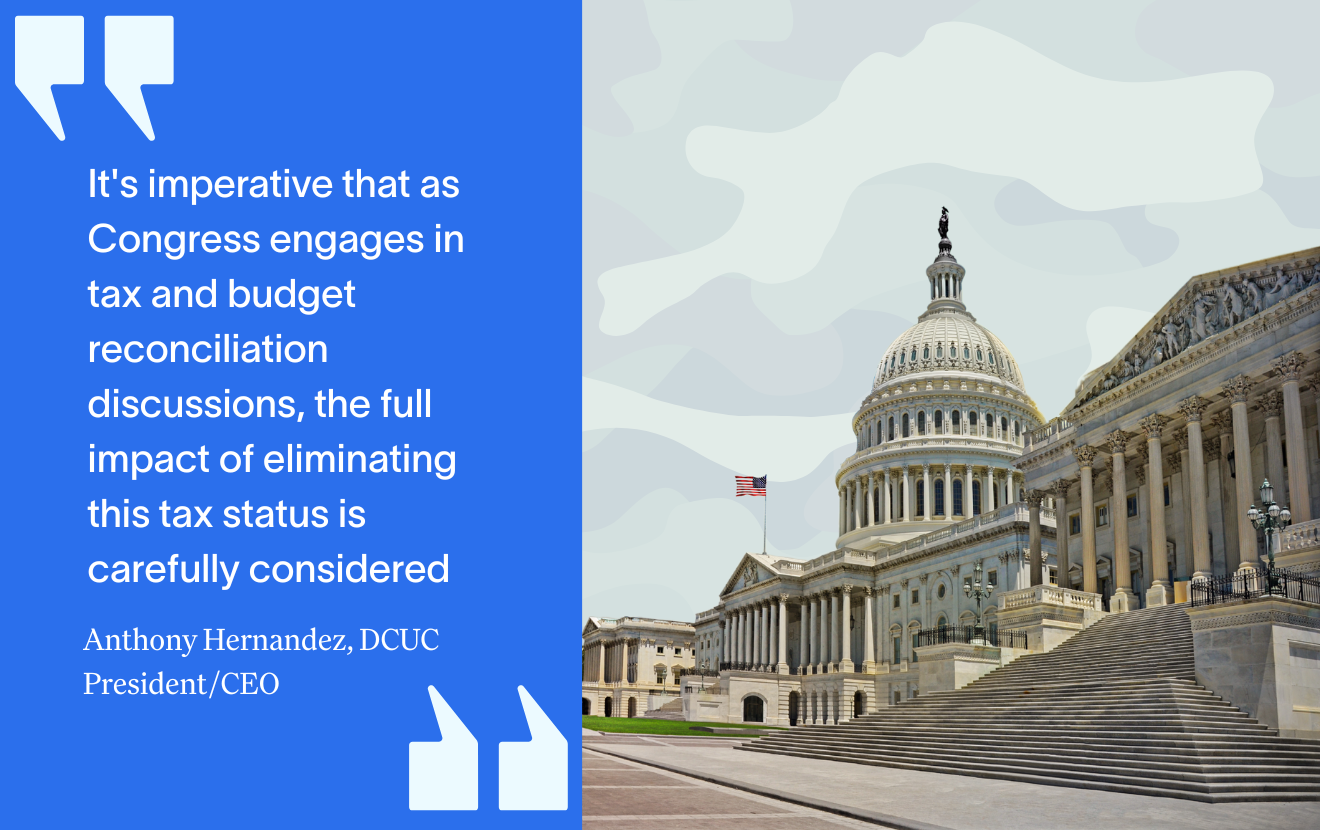It’s that time of year again when credit unions huddle together with their boards and management teams for their annual strategic planning sessions. I am amazed at the intricate strategic plans developed by and for credit unions with pages and pages of specialized demographic information, statistics, historical data, etc. There is enough information to drown everyone as you attempt to decipher it all to create a clear and concise strategic plan. It is information overload.
To avoid this avalanche of info, listed below are some tips to help you formulate a strategic plan to help your credit union achieve increased loan growth, profitability, and member retention. At the end of the day, this is what matters most. Here are some tips to develop a succinct strategic plan and effectively execute your plan for success.
1. Develop a succinct vision; a compelling mission statement; and a strong compelling brand that is real, relevant, and relatable not only to your members but your employees along with people who live in your communities and conduct business in your communities. Determine if you have a bland brand. The best way to find out is to ask your employees to tell your “brand story” – not just recite the run-of-the-mill statements that employees have to memorize (and most don’t).
2. Develop a clear and vivid picture of what you want to look like in three years. Draw a detailed picture of your vision. Most importantly, keep your strategic plan fluid. Remember, it is a live, fluid document that should continually be evaluated and re-evaluated (not just one time a year) to ensure you are proactive, not reactive, in responding to the economic landscape and scope of external factors impacting the achievement of your strategic objectives, e.g., barriers to entry and competitive forces that could impact your growth.
3. Use the KISS method (not the one you think): Keep It Simple and Strategic. Take your three-year plan and break it down with a clear and concise focus on a one-year plan. This consolidation will simplify plans without losing your strategy.
4. Develop SMART goals (Specific, Measureable, Achievable, Real/Relevant/Relatable, and Timely): Focus on critical success factors (CSFs) that drive the success of every credit union:
- top CSFs include capital ratio (minimum 10 percent)
- ROA (minimum 1 percent) loan growth (minimum 10 percent with quality profitable loans);
- loan yield (minimum 7 percent);
- delinquencies (1 percent) and charge offs (less than your delinquency ratio);
- denial ratio (20 percent);
- bill pay (#1 retention tool)
Other CSFs to consider, if they are applicable, are deposits; membership growth; checking and debit card penetration, and e-statements.
5.Take your three-year plan and develop a SMART one-year action plan (for management) and break it down into 90-day action plans (for management and managers); and weekly/daily activities (for employees).
6. Communicate your plan in a language your staff will understand ... real, relevant, and relatable to them. Better yet, paint a detailed picture (a picture tells a thousand words). Use daily graphs/charts that show staff where you are today in relation to where you should be and where you need to be at the end of the month.
7. Get staff engaged in helping you achieve your strategic goals. What this means is training your staff and show each employee what they can do to help you achieve your strategic goals. Then have them sign an activity commitment form outlining three to five things they will say, ask, or do differently based on the training to help increase loans, checking, member retention, etc.
8. Create focus with weekly meetings: Meet weekly if you are integrating major changes. For example, a sales and service culture meets monthly no matter what to inspect and validate what each member of management is doing and has completed according to their 90-day plan that aligns with your one-year plan. Remember, real life stuff happens that distracts us daily. Meeting regularly keeps everyone focused. The more often you meet, the more focused the team will be.
9. Give everyone a piece of the pie if you achieve your strategic objectives; and conversely, do NOT reward staff with a bonus if you don’t achieve goals.
Keep in mind that hope is not a strategy ...
- I hope we reach our goal
- I hope our employees do what they need to do to help us reach our goals
- I hope we get some new members
Those thoughts are nice but aren’t practical.
Begin with the end in mind and develop a SMART plan of action and remain committed and focused by establishing accountability tools. Make sure everyone is enthusiastically engaged to help you achieve your strategic goals for a successful 2015.







